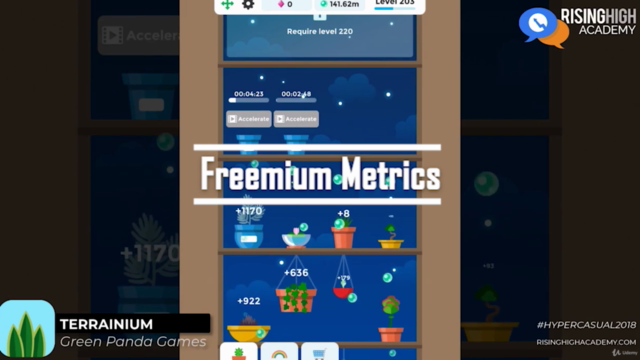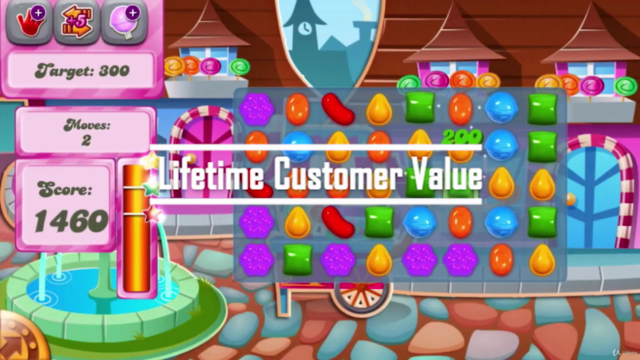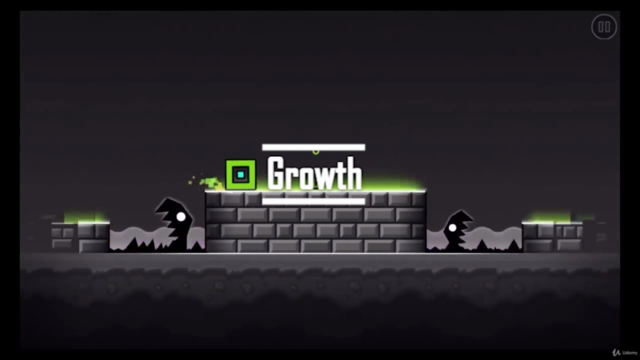Freemium Principles: Design F2P Games that Generate Revenue
Learn how to Develop & Design Free to Play Games Using Analytics and Monetization that will Gauranteed makes Users Spend
3.91 (277 reviews)

1,200
students
5 hours
content
Jan 2022
last update
$49.99
regular price
What you will learn
How to efficiently measure Freemium products using Key Performance Indicators
Gain an in depth understanding of the Freemium Business Model
Market to new and current users
Creating product catalogs that sell
Learn how using data science in freemium design and development can increase retention, monetize users, and generate revenue
Importance of LTV and how it can affect your product
Using virality to generate in app revenue
Generate Revenue from IAP
Screenshots




1822172
udemy ID
7/26/2018
course created date
7/11/2019
course indexed date
Bot
course submited by